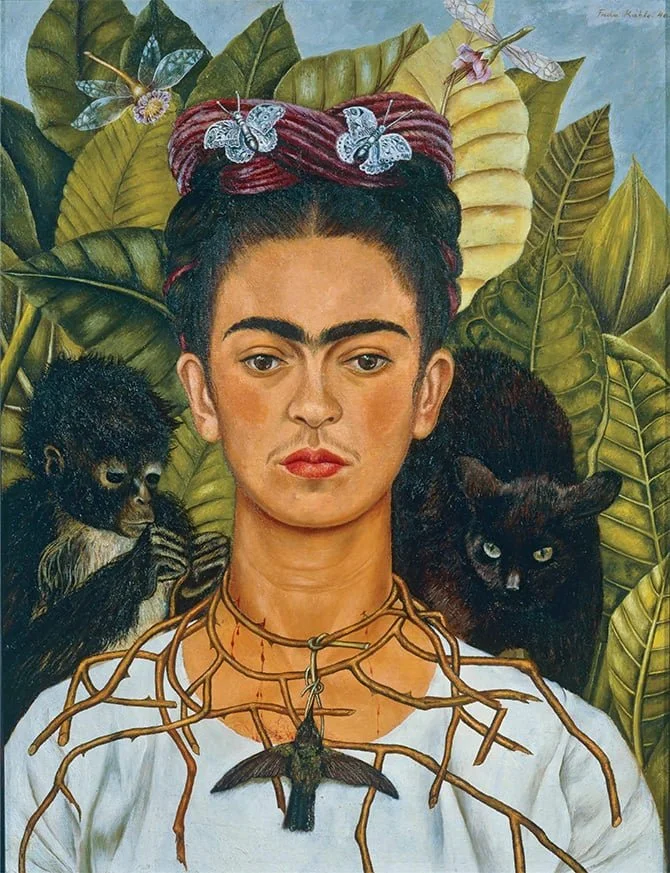Have you ever stood before a breathtaking Renaissance painting and felt you could step right into the scene? Or have you looked at a modern abstract piece and been deeply moved, while a friend was left completely cold? The secret behind both experiences lies in a single, powerful word: Perspective.
In art, "perspective" is a chameleon of a term. It refers to both the technical tricks artists use to create the illusion of depth on a flat surface, and the unique lens of experience through which they see—and we interpret—the world. Let's unravel these two meanings and discover how they shape everything we see in art.
The Technical View: Linear Perspective and the Illusion of Depth
This is the "how-to" of perspective—the mathematical and geometric system that gives a two-dimensional artwork a sense of three-dimensional space.
The Renaissance Revolution: Before the 15th century, artworks often looked flat. Figures were sized by importance, not by their position in space. Then, artists like Filippo Brunelleschi formalized linear perspective. The core principle is simple: parallel lines receding into the distance appear to converge at a single point on the horizon called the vanishing point.
Why It Matters: This technique was revolutionary. It allowed artists to create stunningly realistic scenes, making viewers feel like they were looking through a window into another world. From the architectural precision of Da Vinci's "The Last Supper" to the sprawling cityscapes of Canaletto, linear perspective became the foundation for Western art for centuries.
Quick Tip for Artists: To see this in action, look down a straight road or railway track. Notice how the parallel sides seem to meet at a point far in the distance. That’s your vanishing point!
2. The Personal View: The Artist's and Viewer's Lens
Beyond technique, perspective is also deeply personal. It's about point of view—the internal framework of beliefs, experiences, and emotions that an artist brings to their work, and that we, as viewers, bring when we interpret it.
The Artist's Perspective: An artist's work is a filter for their soul. Frida Kahlo's self-portraits are steeped in the perspective of physical pain and cultural identity. Banksy's street art is shaped by a perspective of political rebellion. Their individual experiences directly dictate their subject matter, style, and message.
The Viewer's Perspective: We are not blank slates. Your personal history, mood, and cultural background actively shape how you see art. A painting of a stormy sea might feel terrifying to one person who fears the ocean and exhilarating to another who is an avid sailor. This is why art is so powerfully subjective; there is no single "correct" interpretation.
Where the Two Meanings Meet
The true magic happens when technical and personal perspective intertwine. Imagine two artists painting the same street scene.
Artist A uses a low vanishing point, making the buildings loom tall and powerful, perhaps reflecting their feeling of awe in the city.
Artist B uses a high vanishing point, looking down on the scene, making the people and cars seem small and anonymous, perhaps commenting on urban isolation.




